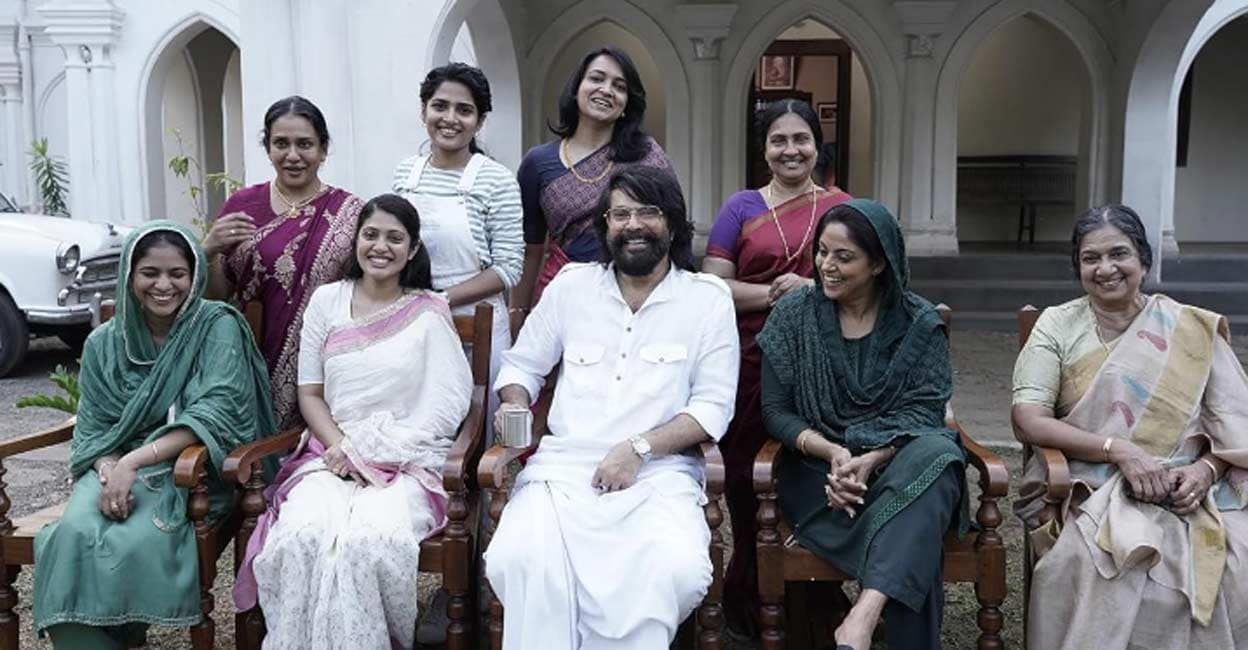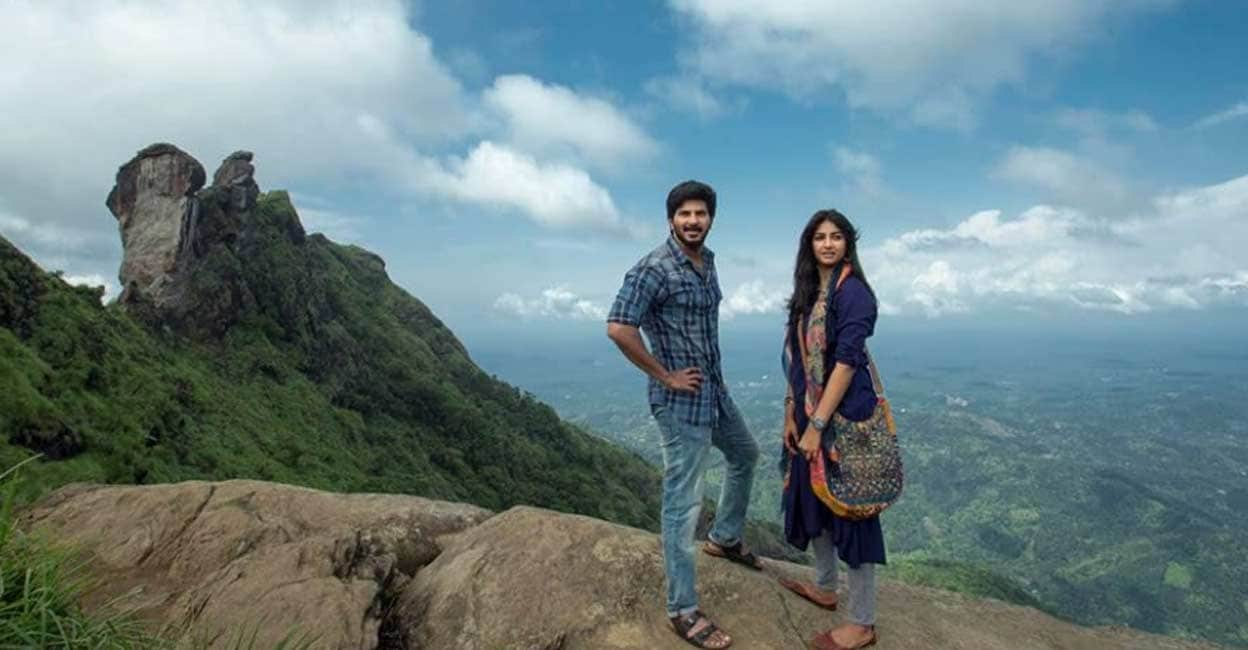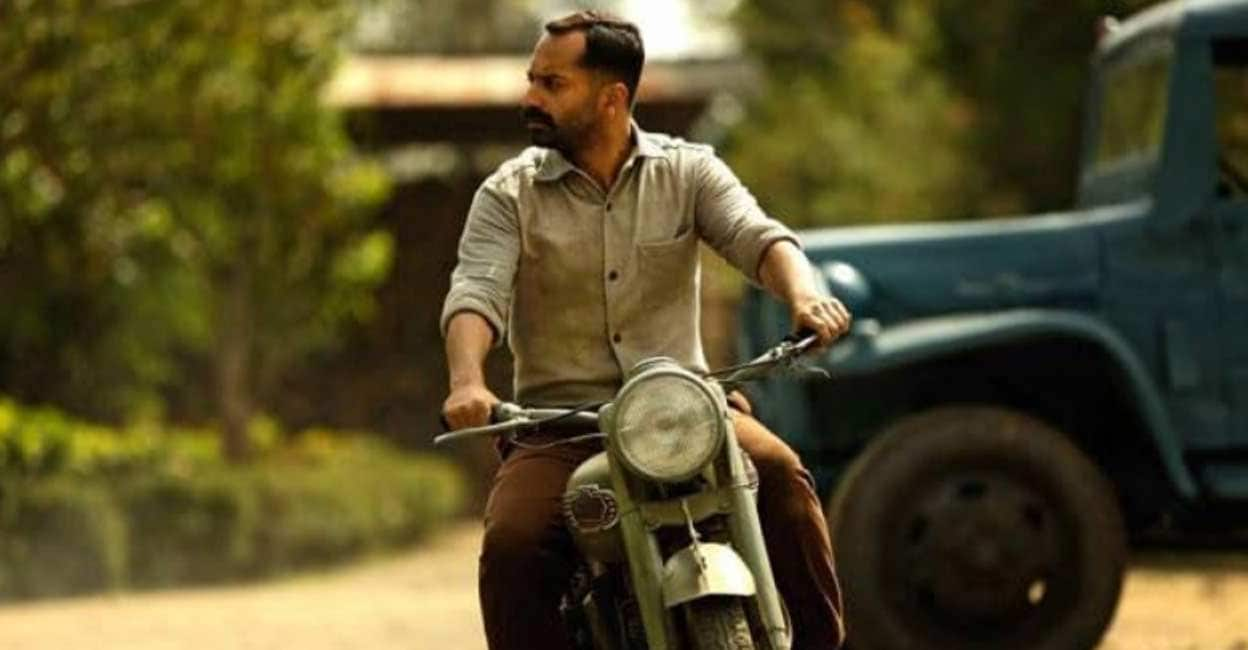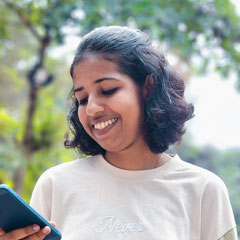Amal Neerad's penchant for flamboyance: Costumer Sameera Saneesh on hitmaker's style aesthetics

Mail This Article
Renowned for his distinct style and vision, Amal Neerad masterfully selects simple yet sophisticated costumes that perfectly suit the time periods his characters inhabit. Every fabric choice, thoughtfully curated, plays a pivotal role in defining the characters and driving the narrative forward. Costume designer Sameera Saneesh, who has collaborated with Amal on four films, including the recent Bougainvillea, highlights his love for American-inspired aesthetics, which she believes significantly enhances the cinematic experience in his films.
“We often joke that there has to be at least one denim dungaree scene in every film of his,” Sameera told Onmanorama. Interestingly, dungarees often appear in pivotal moments, usually in the climax or scenes that build towards it, always paired with a classic white t-shirt. Originally from the US, Dungarees are durable denim overalls with a bib and shoulder straps. Once used as workwear, they have become a casual fashion staple, often paired with t-shirts for a comfortable, laid-back look. Sameera, who has designed costumes for Iyobinte Pusthakam, Bheeshma Parvam, CIA, and Bougainvillea, highlights how this recurring outfit subtly yet powerfully leaves a lasting impression in Amal's movies.
In Bheeshma Parvam, set in the late 1980s within a Malayali Christian family, the young character Rachel (played by Anagha) wears a dungaree during the hit song “Parudeesa.” The outfit extends into the emotionally charged scenes surrounding Ami’s (Sreenath Bhasi) tragic death and funeral. Similarly, in Bougainvillea, Jyothirmayi, making her much-anticipated comeback, dons the same denim ensemble during the gripping climax, where her performance takes centre stage, heightened by the simple costume.

In Varathan, another Amal Neerad film, though the costumes were designed by Mashar Hamsa, the use of dungarees remains consistent. Priya, played by Aishwarya Lakshmi, wears a dungaree frock in the climax, perfectly reflecting her emotional transition from helplessness and pain to resolve and determination. While for Anagha, the outfit captured the carefree spirit of a college girl who turned into a grieving lover, for Jyothirmayi, it embodied swag and power in bold action scenes towards the finale. On the other hand, Aishwarya's character channels anger and vulnerability through the same attire.

“These are Amal’s creative demands. We provide exactly what he envisions,” Sameera explained. According to her, Amal’s systematic approach to filmmaking allows the costumes to integrate with the narrative seamlessly. "Each thread serves a purpose in his films," she said. “Take dungarees, for instance. They’re understated yet comfortable, but Amal’s strategic placement in pivotal scenes transforms them into something iconic.”

“Mamta Mohandas also wore a dungaree in Big B,” Sameera added. “Amal avoids costumes that stand out too much. He prefers simplicity—something subtle that defines the character without overshadowing them. His characters always have a unique swag despite their minimalistic getups.” Such costumes are also crucial in Amal's depiction of Malayali Christian women, often with an Anglo-Indian touch.

Sameera began her career in 2009 with Aashiq Abu's Daddy Cool and has since worked on nearly 200 films, including numerous advertisements. “I started with ad films and planned to do just one movie, but here I am now. Designing for films is now part of my life,” she reflects. With two state awards for costume designing under her belt, Sameera credits her success to the collaborative efforts of her team and the directors she’s worked with. “Working with Amal for four films now, it's much easier. He communicates his ideas clearly, and his team fosters a space where creative minds align perfectly.”


